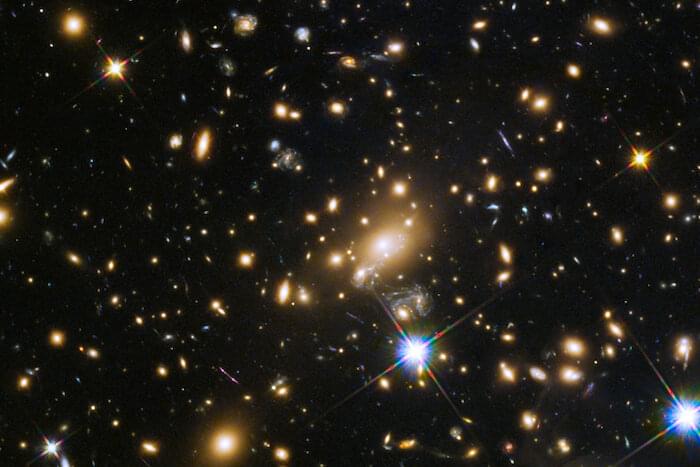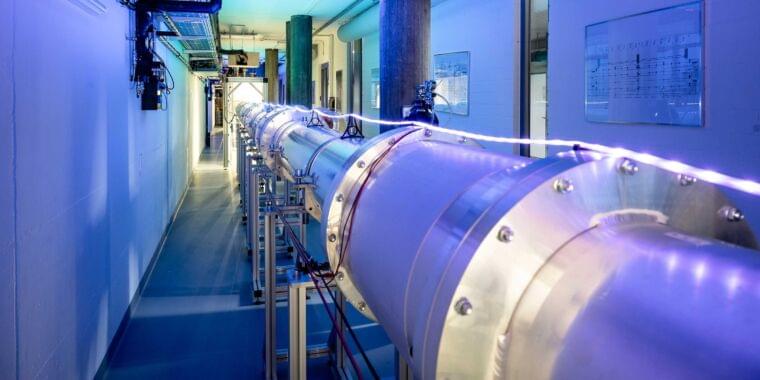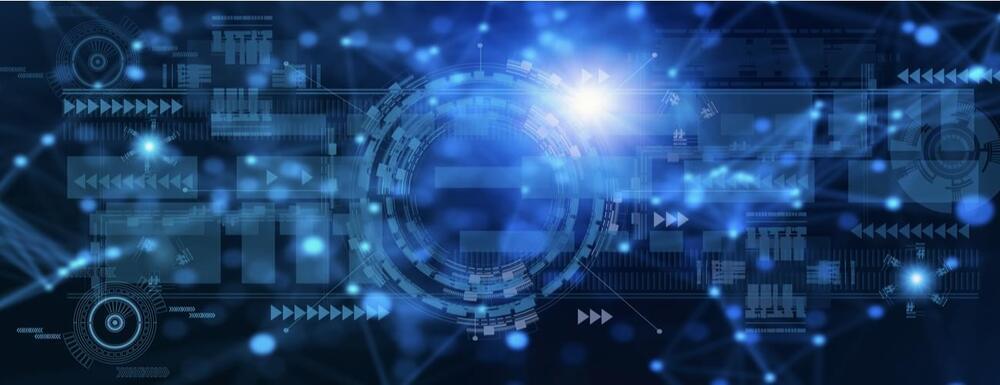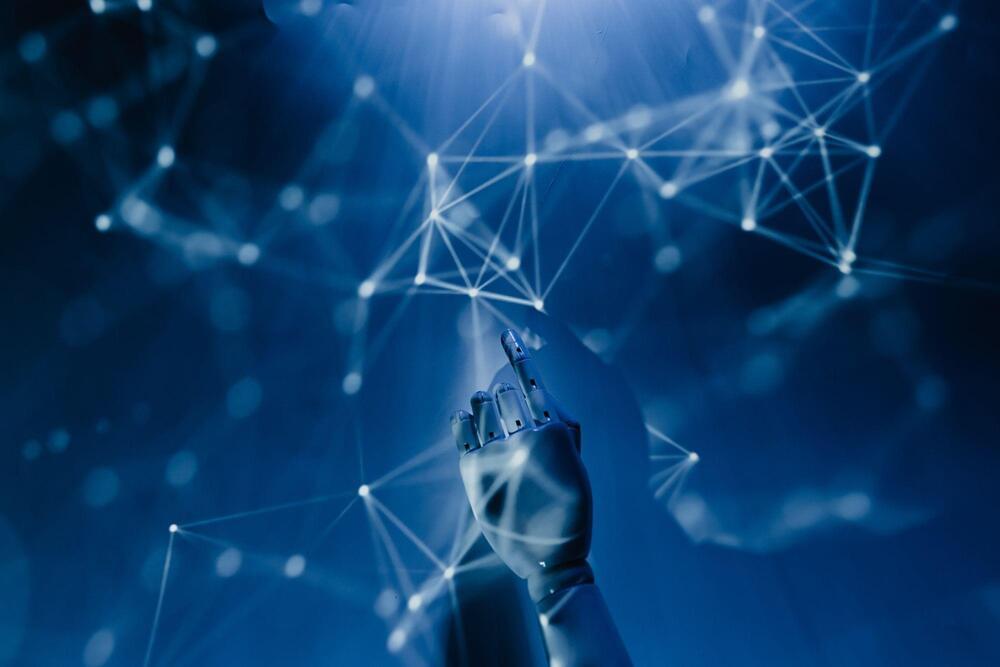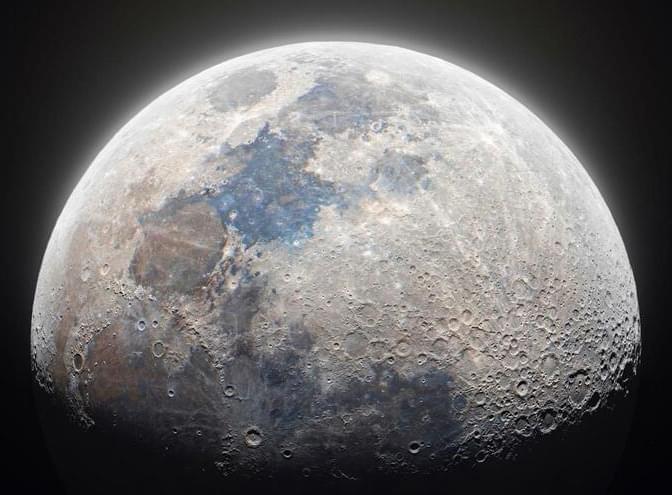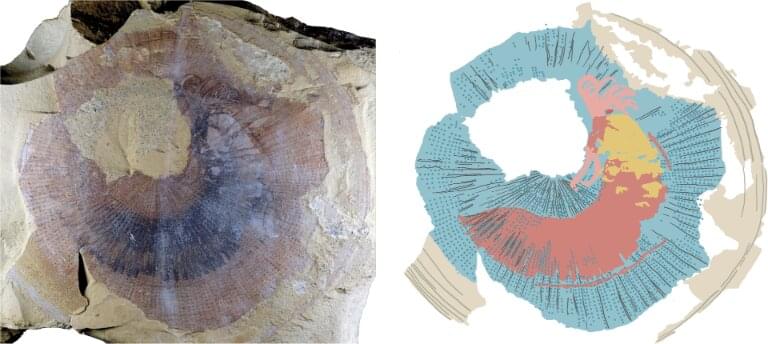Page 2881
May 13, 2023
With new experimental method, researchers probe spin structure in 2D materials for first time
Posted by Paul Battista in categories: nanotechnology, quantum physics
For two decades, physicists have tried to directly manipulate the spin of electrons in 2D materials like graphene. Doing so could spark key advances in the burgeoning world of 2D electronics, a field where super-fast, small and flexible electronic devices carry out computations based on quantum mechanics.
Standing in the way is that the typical way in which scientists measure the spin of electrons—an essential behavior that gives everything in the physical universe its structure—usually doesn’t work in 2D materials. This makes it incredibly difficult to fully understand the materials and propel forward technological advances based on them. But a team of scientists led by Brown University researchers believe they now have a way around this longstanding challenge. They describe their solution in a new study published in Nature Physics.
In the study, the team—which also include scientists from the Center for Integrated Nanotechnologies at Sandia National Laboratories, and the University of Innsbruck—describe what they believe to be the first measurement showing direct interaction between electrons spinning in a 2D material and photons coming from microwave radiation.
May 13, 2023
First-of-its-kind measurement of the universe’s expansion rate weighs in on a longstanding debate
Posted by Paul Battista in category: cosmology
Thanks to data from a magnified, multiply imaged supernova, a team led by University of Minnesota Twin Cities researchers has successfully used a first-of-its-kind technique to measure the expansion rate of the universe. Their data provide insight into a longstanding debate in the field and could help scientists more accurately determine the universe’s age and better understand the cosmos.
The work is divided into two papers, respectively published in Science and The Astrophysical Journal.
In astronomy, there are two precise measurements of the expansion of the universe, also called the “Hubble constant.” One is calculated from nearby observations of supernovae, and the second uses the “cosmic microwave background,” or radiation that began to stream freely through the universe shortly after the Big Bang.
May 13, 2023
Qubits 30 meters apart used to confirm Einstein was wrong about quantum
Posted by Paul Battista in categories: computing, quantum physics, space
A new experiment uses superconducting qubits to demonstrate that quantum mechanics violates what’s called local realism by allowing two objects to behave as a single quantum system no matter how large the separation between them. The experiment wasn’t the first to show that local realism isn’t how the Universe works—it’s not even the first to do so with qubits.
But it’s the first to separate the qubits by enough distance to ensure that light isn’t fast enough to travel between them while measurements are made. And it did so by cooling a 30-meter-long aluminum wire to just a few milliKelvin. Because the qubits are so easy to control, the experiment provides a new precision to these sorts of measurements. And the hardware setup may be essential for future quantum computing efforts.
May 13, 2023
Jellybeans: A sweet solution for overcrowded circuitry in quantum computer chips
Posted by Paul Battista in categories: computing, quantum physics, space

The silicon microchips of future quantum computers will be packed with millions, if not billions of qubits—the basic units of quantum information—to solve the greatest problems facing humanity. And with millions of qubits needing millions of wires in the microchip circuitry, it was always going to get cramped in there.
But now engineers at UNSW Sydney have made an important step toward solving a long-standing problem about giving their qubits more breathing space—and it all revolves around jellybeans.
May 13, 2023
The Roads To Zettascale And Quantum Computing Are Long And Winding
Posted by Paul Battista in categories: computing, quantum physics
In the United States, the first step on the road to exascale HPC systems began with a series of workshops in 2007. It wasn’t until a decade and a half later that the 1,686 petaflops “Frontier” system at Oak Ridge National Laboratory went online. This year, Argonne National Laboratory is preparing for the switch to be turned on for “Aurora,” which will be either the second or the third such exascale machine in the United States, depending on the timing of the “El Capitan” system at Lawrence Livermore National Laboratory.
There were delays and setbacks on the road to exascale for all of these machines, as well as technology changes, ongoing competition with China, and other challenges. But don’t expect the next leap to zettascale – or even quantum computing – to be any quicker, according to Rick Stevens, associate laboratory director of computing for environment and life sciences at Argonne. Both could take another 15 to 20 years or more.
Such is the nature of HPC.
May 13, 2023
U.S. Midwest to Face Dust Bowl Conditions in the Coming Decades
Posted by 21st Century Tech Blog in category: transportation

In the 1930s the Dust Bowl decimated the U.S. Midwest. Are current conditions pointing to a reoccurrence in the 21st century?
A dust storm between St. Louis and Chicago led to a 72-vehicle pileup and 7 deaths recently. Conditions are ripe for more of the same.
May 13, 2023
The Difference Between AI and Machine Learning
Posted by Kelvin Dafiaghor in category: robotics/AI
Artificial Intelligence and Machine Learning are two terms that are commonly used interchangeably. But they are not the same thing. Artificial Intelligence is a field which contains a lot of sub-fields, including Machine Learning.
In this article I hope to comprehensively differentiate between AI and Machine Learning. I’ll explain how Machine Learning is not the same thing as Artificial Intelligence, but rather a part of it – like a cog amongst many cogs that makes up the machine which is Artificial Intelligence.
To begin, I’ll discuss the two concepts separately, describe their subsets, and then state the relationship binding the two of them. I’ll explain how Machine Learning, as a cornerstone concept, fits into AI as a field.
May 13, 2023
Photographer’s Incredible ‘GigaMoon’ Image is Made From 280,000 Photos
Posted by Genevieve Klien in category: cosmology
Astrophotographer Andrew McCarthy has captured a “GigaMoon” — a 1.3-gigapixel highly-detailed image of the Moon made from 280,000 photos.
It’s an image that McCarthy has wanted to capture for a long time, with multiple attempts thwarted by poor conditions.
May 13, 2023
Rare fossils fill a gap in the evolution of major animal groups
Posted by Genevieve Klien in categories: evolution, food, particle physics
Exceptionally well-preserved fossils from the Cambrian period have helped fill a gap in our understanding of the origin and evolution of major animal groups alive today.
A new analysis of fossils belonging to an extinct invertebrate called Rotadiscus grandis have helped place this species in the animal tree of life, revealing how some characteristics of living species may have evolved independently rather than originating in a single common ancestor.
Half a billion years ago, an unusual-looking animal crawled over the sea floor, using tentacles to pick up food particles along the way.


